Healthy eating is no longer just a trend in the U.S.—it’s a lifestyle. And among the many greens popping up in farmers’ markets and grocery aisles, Bok Choy has become a clear favorite. Once an ingredient reserved for Chinese stir-fries, this versatile vegetable is now a supergreen darling of American home cooks, chefs, and nutritionists.
Known for its crisp white stems, tender green leaves, and subtly sweet flavor, Bok Choy—sometimes called Pak Choi or Chinese cabbage—fits beautifully into a wide variety of dishes, from smoothies and salads to soups and grilled sides. It’s nutrient-rich, easy to cook, and incredibly garden-friendly, making it one of the most popular Asian vegetables adopted by American households.
Let’s explore everything you need to know about Bok Choy—its nutrition, growing secrets, and the best ways to enjoy it in your daily meals.
What Is Bok Choy?
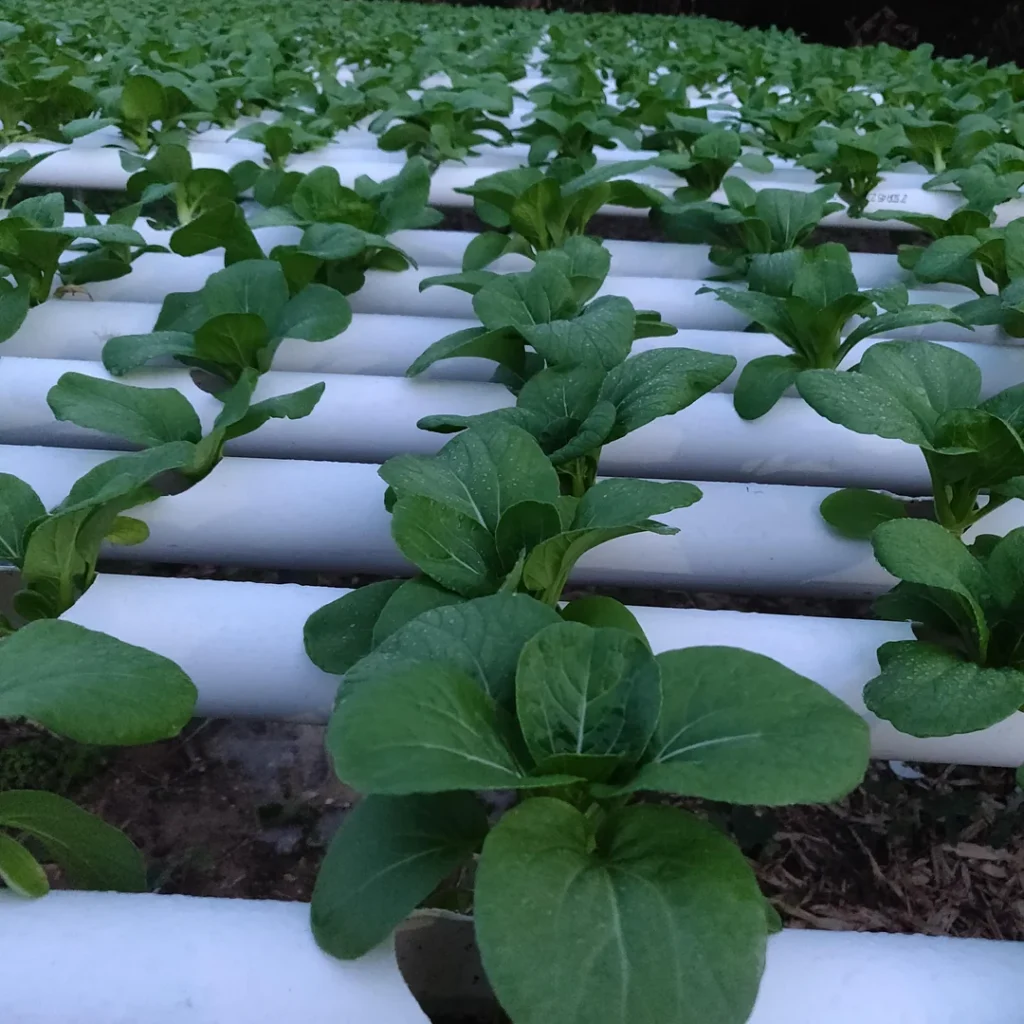
Bok Choy (Brassica rapa chinensis) is part of the cruciferous vegetable family, which includes kale, cabbage, collard greens, and broccoli. It’s one of the oldest cultivated vegetables in China, but its mild flavor and crunchy texture have made it a hit in modern American cuisine.
The plant features:
- Thick, white or pale green stalks that remain crisp when cooked.
- Dark green, spoon-shaped leaves that wilt slightly and take on a silky texture when heated.
There are two main types:
- Baby Bok Choy – Smaller, tender, and sweet, often used whole in soups or stir-fries.
- Full-sized Bok Choy – Larger with firmer stems, ideal for grilling or braising.
Today, Bok Choy is grown across the U.S., from California’s Central Valley to North Carolina’s organic farms, proving that this once-exotic green has truly taken root in American soil.
Nutritional Powerhouse: Why Bok Choy Deserves the Supergreen Label
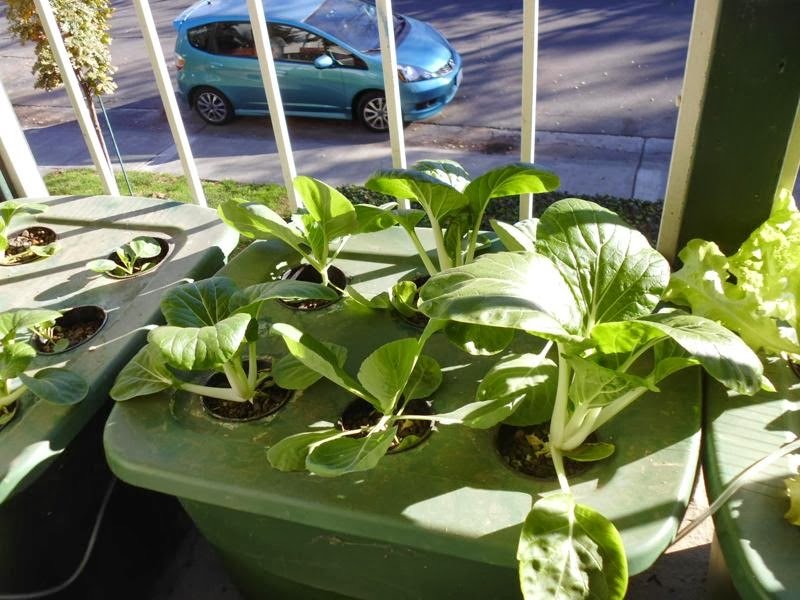
When it comes to health, Bok Choy ranks among the top nutrient-dense vegetables in the world. Despite being low in calories, it’s loaded with vitamins, minerals, and antioxidants that promote long-term wellness.
Here’s what one cup of cooked Bok Choy offers:
- Calories: 20
- Vitamin A: 60% of daily recommended intake
- Vitamin C: 50%
- Vitamin K: 70%
- Calcium, Iron, and Potassium: Essential minerals for bones and heart health
Key Health Benefits
- Boosts Immunity
The high Vitamin C content strengthens your immune system and helps your body fight off infections. - Supports Heart Health
Rich in folate and potassium, Bok Choy helps regulate blood pressure and improve circulation. - Anti-Inflammatory and Detoxifying
Glucosinolates, compounds unique to cruciferous veggies, help the liver process toxins and reduce inflammation. - Strengthens Bones
Calcium, magnesium, and Vitamin K combine to support bone density and prevent osteoporosis. - Aids Weight Loss
Bok Choy is low in calories and carbs but high in fiber—keeping you full longer while supporting digestion.
It’s no wonder Bok Choy is a top choice for plant-based eaters, fitness enthusiasts, and wellness-focused Americans.
Growing Bok Choy in Your American Backyard
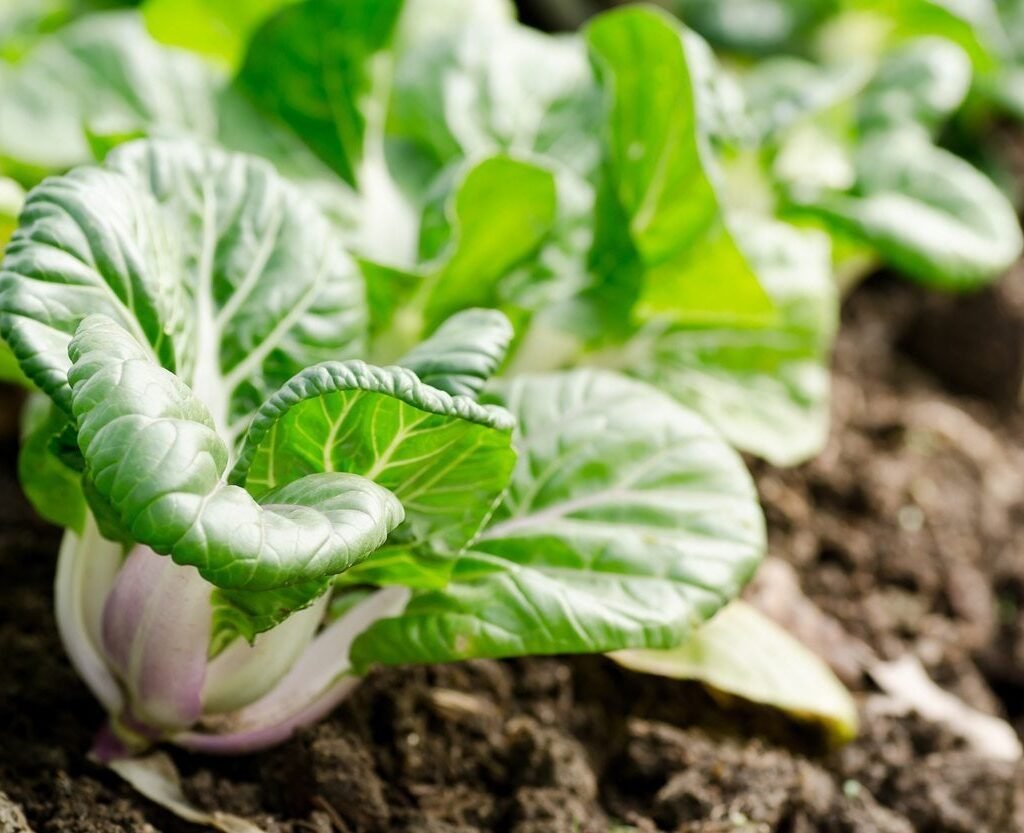
One of the reasons Bok Choy has become a hit in the U.S. is because it’s incredibly easy to grow—even in small urban gardens. It’s a cool-season crop, thriving in spring and fall.
How to Grow Bok Choy Successfully
- Choose the Right Location
Pick a spot with full sun to partial shade and rich, well-drained soil. - Planting Time
- In northern states, sow seeds from April to May or August to September.
- In southern states, plant in fall or early winter when the weather is cooler.
- Soil Preparation
Use compost-enriched soil with a pH between 6.0 and 7.5. - Spacing and Watering
Space plants 6–8 inches apart and keep the soil moist but not soggy. Bok Choy grows quickly—ready for harvest in 45–60 days. - Pest Management
Watch for cabbage worms and aphids. Use organic neem oil or companion planting with marigolds to keep pests away. - Harvesting Tips
You can harvest baby Bok Choy after 30 days or wait for mature heads. Cut at the base, and the plant may regrow smaller shoots for a second harvest.
With minimal effort, you’ll have fresh, organic Bok Choy right from your backyard garden—perfect for healthy home cooking.
Cooking with Bok Choy: Easy and Delicious American Recipes
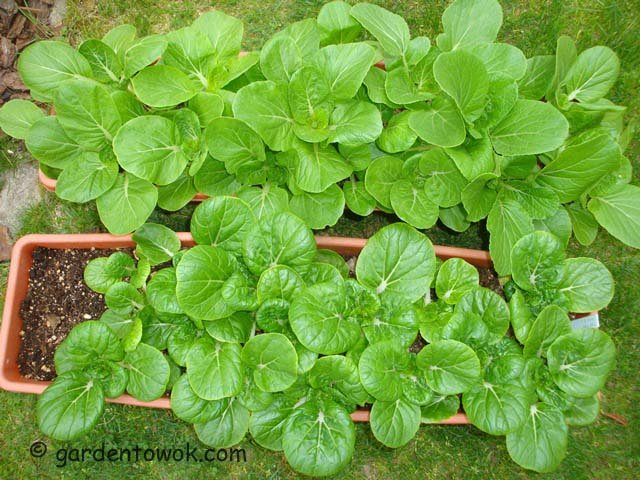
Bok Choy’s mild flavor makes it a perfect addition to both Asian and American recipes. Its ability to stay crisp under heat and soak up flavors makes it one of the most versatile greens you can cook with.
Here are five must-try Bok Choy recipes tailored for the American kitchen:
1. Garlic Sesame Stir-Fried Bok Choy
- Heat sesame oil in a wok.
- Add minced garlic and red pepper flakes.
- Toss in chopped Bok Choy and cook for 3–5 minutes.
- Drizzle with soy sauce and garnish with toasted sesame seeds.
Perfect as a side dish for grilled salmon, chicken, or tofu.
2. Bok Choy and Chicken Noodle Soup
A comforting American twist on a Chinese classic.
- Simmer chicken broth with noodles, Bok Choy, and sliced mushrooms.
- Add soy sauce, ginger, and green onions for flavor.
It’s light, soothing, and perfect for cold winter days.
3. Grilled Baby Bok Choy with Lemon Butter
- Halve baby Bok Choy heads lengthwise.
- Brush with olive oil, salt, and pepper.
- Grill for 3 minutes until slightly charred.
- Top with melted lemon butter or parmesan shavings.
This recipe adds a smoky flavor that pairs perfectly with steak or seafood.
4. Bok Choy and Quinoa Power Bowl
Combine steamed Bok Choy, quinoa, avocado, roasted chickpeas, and a drizzle of tahini dressing.
A complete vegan and gluten-free meal that’s both hearty and healthy.
5. Bok Choy Smoothie
Blend fresh Bok Choy leaves with apple, cucumber, ginger, and coconut water for a refreshing green drink that boosts immunity and hydration.
Bok Choy in the American Diet: A Modern Supergreen Trend
Across the U.S., Bok Choy is no longer a “specialty Asian vegetable.” It’s become part of the mainstream American diet, embraced for its flavor, versatility, and sustainability.
Here’s why:
- Plant-Based Living:
Bok Choy fits perfectly into vegetarian, vegan, and flexitarian diets. It’s nutrient-dense and adds variety to greens like kale or spinach. - Farm-to-Table Movement:
Local American farms are increasingly growing Bok Choy organically, providing fresher, pesticide-free produce for restaurants and homes. - Culinary Fusion:
Chefs are blending East and West by using Bok Choy in tacos, pasta, and even grain bowls. - Sustainable Gardening:
Bok Choy grows fast and yields multiple harvests, making it ideal for eco-conscious Americans looking to reduce their carbon footprint.
Bok Choy vs. Kale: Which Green Is Better for You?
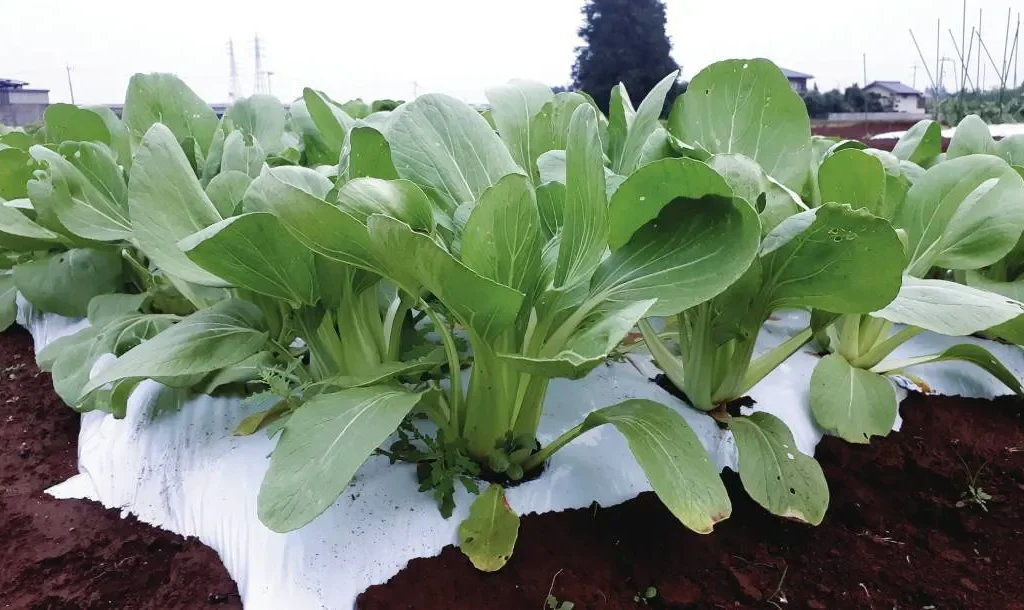
Both Bok Choy and kale are nutritional powerhouses, but they shine in different ways.
| Nutrient | Bok Choy | Kale |
|---|---|---|
| Calories (per cup) | 20 | 33 |
| Vitamin A | Higher | Moderate |
| Vitamin C | Higher | Moderate |
| Vitamin K | Excellent | Excellent |
| Flavor | Mild, slightly sweet | Earthy, bitter |
| Texture | Crunchy and juicy | Tough and chewy |
If you prefer mild-tasting greens that cook quickly, Bok Choy is the perfect alternative to kale—especially for soups, sautés, and salads.
Health Benefits of Eating Bok Choy Regularly
Enhances Immunity and Skin Health – Thanks to Vitamin C and antioxidants.
Supports Weight Loss Goals – Low in calories, high in fiber.
Improves Heart Health – Folate and potassium regulate blood pressure.
Boosts Bone Strength – A strong source of calcium and Vitamin K.
Aids Detoxification – Sulfur compounds help cleanse the liver.
Adding Bok Choy to your weekly meals can help you achieve better digestion, clearer skin, and overall vitality.
Buying and Storing Bok Choy Like a Pro
When shopping for Bok Choy in your local American supermarket or farmers’ market, look for:
- Firm, white stalks without blemishes.
- Bright green leaves that aren’t wilted.
- Smaller heads for a sweeter, more tender flavor.
Storage Tips:
- Keep unwashed Bok Choy in a damp paper towel inside a plastic bag.
- Store it in the refrigerator’s crisper drawer for up to five days.
- To extend shelf life, blanch and freeze Bok Choy for soups and stir-fries.
Conclusion: Why Bok Choy Belongs in Every American Kitchen
From its nutrient-dense profile to its incredible versatility, Bok Choy is more than just another leafy green—it’s a global superfood that fits right into the modern American lifestyle.
Whether you’re grilling it for a summer barbecue, tossing it into a noodle bowl, or blending it into a smoothie, Bok Choy delivers flavor, freshness, and nourishment in every bite.
So the next time you’re at your local grocery store, skip the iceberg lettuce and reach for this crisp, Asian beauty instead. Your meals—and your body—will thank you.
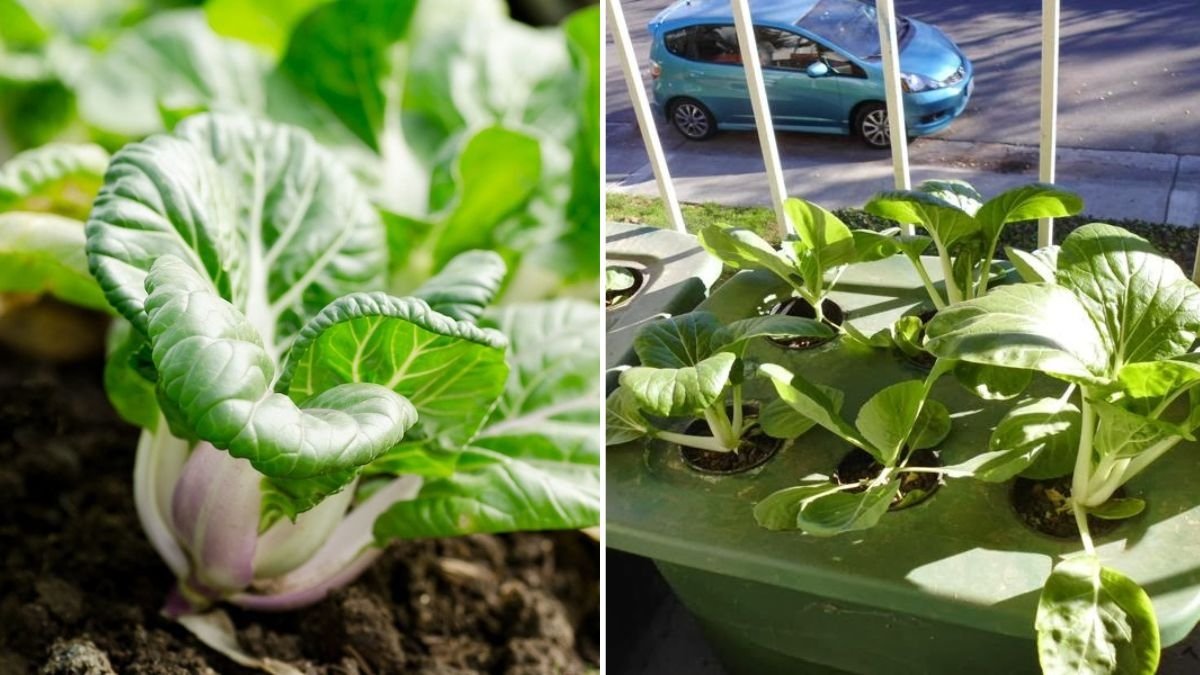





Leave A Comment